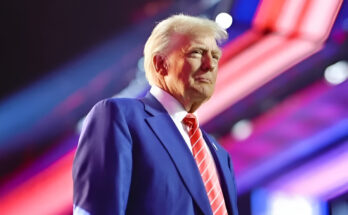Americans might no longer need to pay income taxes if Donald Trump successfully implements his proposed changes.
Referencing the period from 1870 to 1913 as a model for economic growth, President Donald Trump has proposed eliminating federal income taxes and replacing them with a tariff-based system to boost American prosperity.
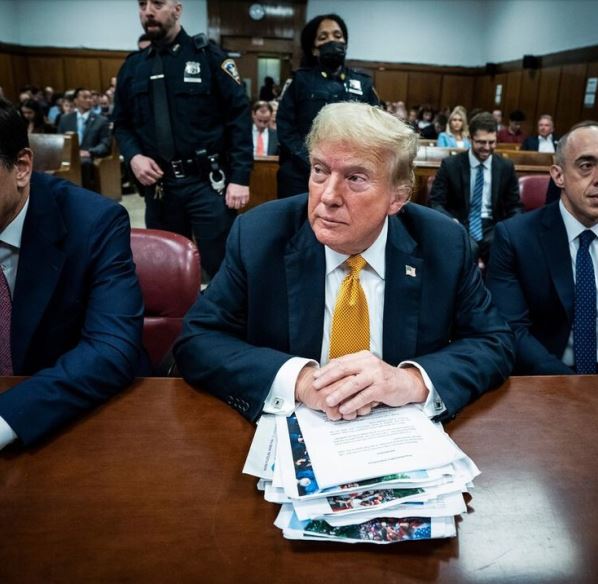
To reduce the tax burden on Americans, he suggests creating a new agency, the External Money Service (ERS), to manage tariffs and international funds.
Trump’s Plan for an Economy Based on Tariffs
On January 27, 2025, at the Republican Issues Conference held at Trump National Doral Miami, Donald Trump outlined his economic plan to a group of Republican leaders. According to AFP, the three-day gathering aimed to shape his legislative agenda.
During his speech, Trump referenced historical precedent, arguing that the U.S. thrived economically before 1913 without an income tax, instead relying on tariffs for revenue. He described the period from 1870 to 1913 as one of the most prosperous eras in American history, reinforcing his proposal to shift away from federal income taxes.
He stated, “The U.S. relied solely on tariffs from 1870 to 1913, the richest period in American history, relatively speaking.” He added that the 1887 Tariff Commission was responsible for managing the vast revenue collected through tariffs during that time.
“They had so much money they didn’t know what to do with it,” Trump said. “Teddy Roosevelt used tariff revenue to fund national parks and other projects. Income taxes weren’t introduced until 1913.”
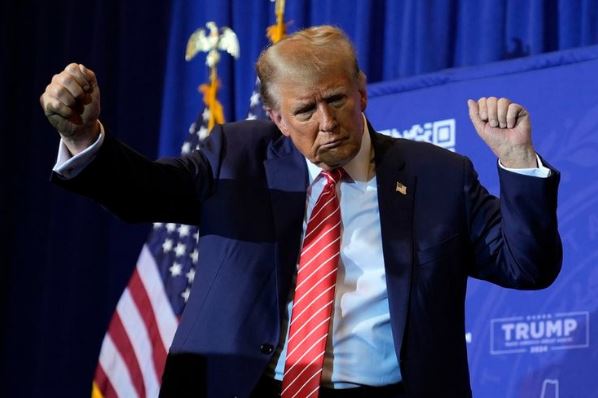
“Tax Foreign Countries, Not Our People”
Trump argues that the U.S. should generate revenue by imposing tariffs on foreign nations rather than taxing its own citizens to benefit other countries. He believes a tariff-based system could make America “very rich again” and “very quickly.”
A longtime advocate of replacing income taxes with tariffs, Trump maintained this stance throughout his presidential campaign.
Could Tariffs Take the Place of Income Tax in the United States?
U.S. Customs and Border Protection officers collect tariffs at ports of entry, typically calculated as a percentage of imported goods’ costs.
However, mainstream economists remain skeptical about relying on tariffs as a primary revenue source. They argue that tariffs are an inefficient way to fund government programs and could ultimately lead to higher consumer prices.
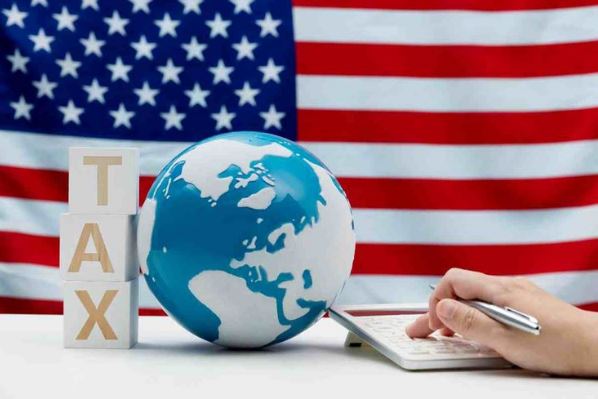
This proposal has sparked debate among policymakers and economists. Critics argue that tariffs function as import taxes, often passed on to consumers through higher prices. Lower- and middle-income households may be disproportionately affected, potentially negating any benefits from eliminating income taxes.
Additionally, experts question whether tariffs alone could sustain federal government funding. A 10% tariff is estimated to generate between $350 billion and $400 billion annually—far short of the $4 trillion needed to maintain current tax cuts over the next decade. To bridge this gap, significant spending cuts may be required, potentially impacting essential programs such as Social Security and Medicare.
While supporters view tariffs as a path to economic growth, opponents warn of unintended consequences, including increased consumer costs and budget shortfalls that could strain critical public services.
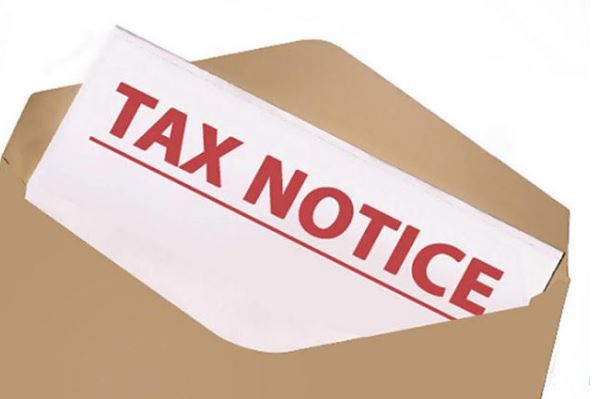
Trump’s plan includes creating a new agency, the External Revenue Service (ERS), to oversee tariffs and international trade revenue. However, establishing such an organization would require congressional approval. With Republicans controlling both the House and Senate, the proposal has a chance of becoming law.
Despite Trump’s pledge to reduce federal bureaucracy, critics argue that the ERS would expand government by duplicating functions already managed by agencies like the Commerce Department and U.S. Customs and Border Protection. This has raised concerns about inefficiency and whether the new agency would truly streamline operations or add unnecessary complexity to federal oversight.
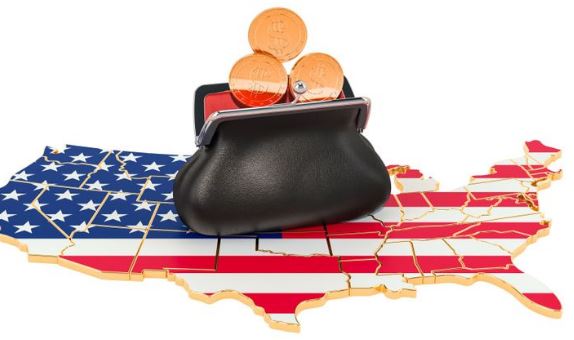
Unlike the Internal Revenue Service, which handles domestic taxes, the proposed External Revenue Service would focus on generating revenue from international sources, primarily through tariffs and overseas trade income.
Significant Tariffs at the Heart of Trump’s Economic Strategy
As part of his broader economic strategy, Trump has proposed imposing high tariffs, including a 60% tariff on Chinese goods and a potential 25% tax on imports from allies like Canada and Mexico. The aim is to boost domestic revenue while reducing the tax burden on American citizens.
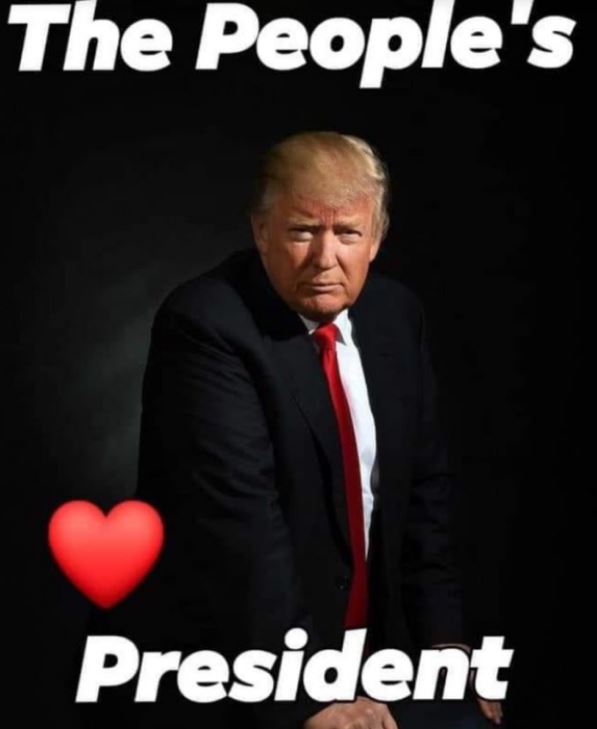
Economists warn that because companies often pass on costs to consumers, these tariffs are likely to lead to higher prices. Many experts remain skeptical, arguing that tariffs are an inefficient method for generating government revenue and fostering economic growth.
While the proposal aims to reduce taxes for Americans and increase national wealth through tariffs, it raises significant concerns about its economic impact, feasibility, and potential consequences for consumers and government programs.


